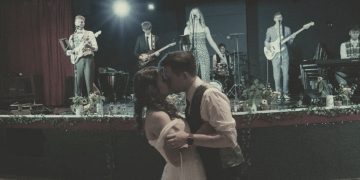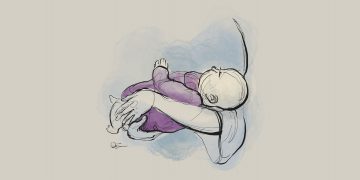(Read Part 1 here and Part 2 here)
Last week we examined the contemporary view of the cross. This is the view that the nature of the Trinity was completely broken at the cross. If you have not read my explanation of that view, please go back to it (Part 2). This week, we will take a look at the classical view!
Part 3: Classical View
In contrast to modern theologians, patristic and medieval theologians held an uncompromising view of the unity of the Trinity. Athanasius and Ambrose of the fourth century argued that Jesus’ cry on the cross was a mere identification with our human feeling of abandonment by God, and thus offers up a prayer of intercession as our representative. On Christ “becoming sin”, the Fathers argued that He became a sin offering and not sin itself.
Gregory of Nanzianzus was one of the main proponents of that view. To him it was inconceivable that Christ would become sin itself. Therefore when Christ cried out to the Father it was not the cry of a forsaken man, but rather a man speaking on our behalf as the sin offering.
For the Patristic Fathers, the very idea of God being opposed to God or that the second person of the Trinity was somehow divided from the Father was inconceivable. Instead, while being fully divine and in union with the Godhead, Jesus identifies with the forsaken and rescues us from sin.
Instead, while being fully divine and in union with the Godhead, Jesus identifies with the forsaken and rescues us from sin.
Medieval theologians took the cue of their patristic predecessors and took an even stricter point of view. Peter Lombard was one of those theologians who gave absolutely no room for the breaking of the Father-Son relationship. If the Father had forsaken His Son at the cross, then there would have been a point in time where God was no longer Trinity. The ramifications of this are disastrous, because “there would have been a time when Christ, who was still alive, was man and not God, for He was still alive when He called” (Lombard, The Sentences, 89). If, as some claim, the Trinity was broken, then the very divinity of Christ would have departed from Him and for a short period of time He would have just been a man hanging on the cross.
If, as some claim, the Trinity was broken, then the very divinity of Christ would have departed from Him and for a short period of time He would have just been a man hanging on the cross.
This inevitably led to Nestorianism, which was the heretical belief that the two natures of Jesus actually yielded two persons of Jesus, the divine and the human. Under this assumption, Christ’s divine nature would have existed apart from His human nature. Any division of God, whether in the person of Christ or in the Godhead itself moves dangerously close to heresy.
So then how did medieval theologians handle the issue of Christ’s cry of abandonment on the cross? “Let us profess that God abandoned that man to death in some way, because for a time he exposed him to the power of his persecutors; God did not defend him by displaying his power so that he would not die. The Godhead severed itself because it took away its protection, but did not dissolve the union” (McCall, Forsaken, 23). In short, Christ is forsaken because He does not receive physical protection from the Father or the Spirit. They let Him die, but their union as the Trinity was never broken.
In short, Christ is forsaken because He does not receive physical protection from the Father or the Spirit. They let Him die, but their union as the Trinity was never broken.
The patristic and medieval viewpoints can be summarized in the following way: the Trinity was never broken at the cross, nor were the two natures of the Son. Christ cries out on the cross as our representative, interceding on our behalf as those forsaken by God because of our disobedience. At the same time Jesus cries out on the cross because He was abandoned to physical death at the hands of his persecutors. Regardless, the unity of the Trinity is always preserved.
Christ cries out on the cross as our representative, interceding on our behalf as those forsaken by God because of our disobedience. At the same time Jesus cries out on the cross because He was abandoned to physical death at the hands of his persecutors. Regardless, the unity of the Trinity is always preserved.
So now that we have examined both views, what do the scriptures actually say? That will be the topic of Part 4.































































